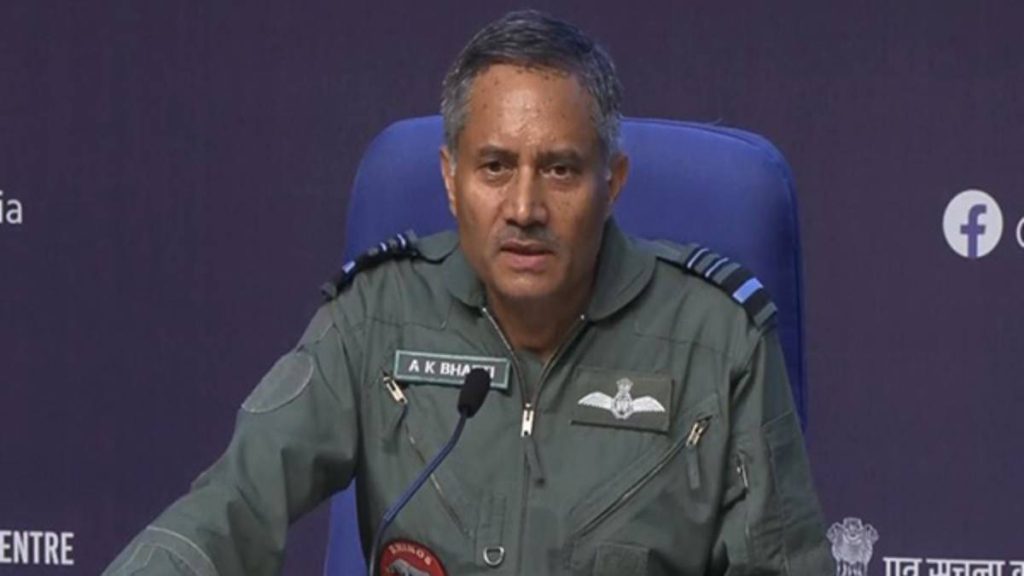In a major revelation following the success of Operation Sindoor, Indian Air Force’s Director General of Air Operations, Air Marshal AK Bharti, on Sunday shared detailed insights into the May 7 precision strikes that destroyed nine high-value terror camps in Pakistan and Pakistan-occupied Kashmir (PoK), dealing a significant blow to groups like Jaish-e-Mohammed (JeM), Lashkar-e-Taiba (LeT), and Hizbul Mujahideen.
Among the targets, two terror hubs stood out for their strategic and symbolic value — Markaz Taiba in Muridke and Markaz Subhan Allah in Bahawalpur — identified as key operational and radicalisation centers for LeT and JeM respectively.
“These weren’t just ordinary camps,” said Air Marshal Bharti. “They were residences of top commanders and training grounds for indoctrination and arms handling. Our precision strikes focused on specific buildings, ensuring minimal collateral damage while neutralising key figures.”
The Muridke strike led to the elimination of Mudassar Khadian Khas, a top Lashkar handler, with visual evidence showing four targeted structures. Similarly, the Bahawalpur attack struck the headquarters of JeM, killing Hafiz Muhammad Jameel, the brother-in-law of Masood Azhar, who was involved in radicalising youth and fundraising.
Supporting visuals displayed before-and-after images of both camps, underlining India’s calibrated approach aimed at avoiding civilian or military casualties while decisively dismantling terror infrastructure.
Meanwhile, Director General Military Operations Lt Gen Rajeev Ghai confirmed that over 100 terrorists were eliminated during Operation Sindoor, including individuals linked to the 1999 IC-814 hijacking and the 2019 Pulwama attack.
Operation Sindoor, launched in response to the April 22 Pahalgam terror strike, represents one of India’s most comprehensive cross-border counter-terror operations to date, combining air, land, and intelligence-led precision efforts.
